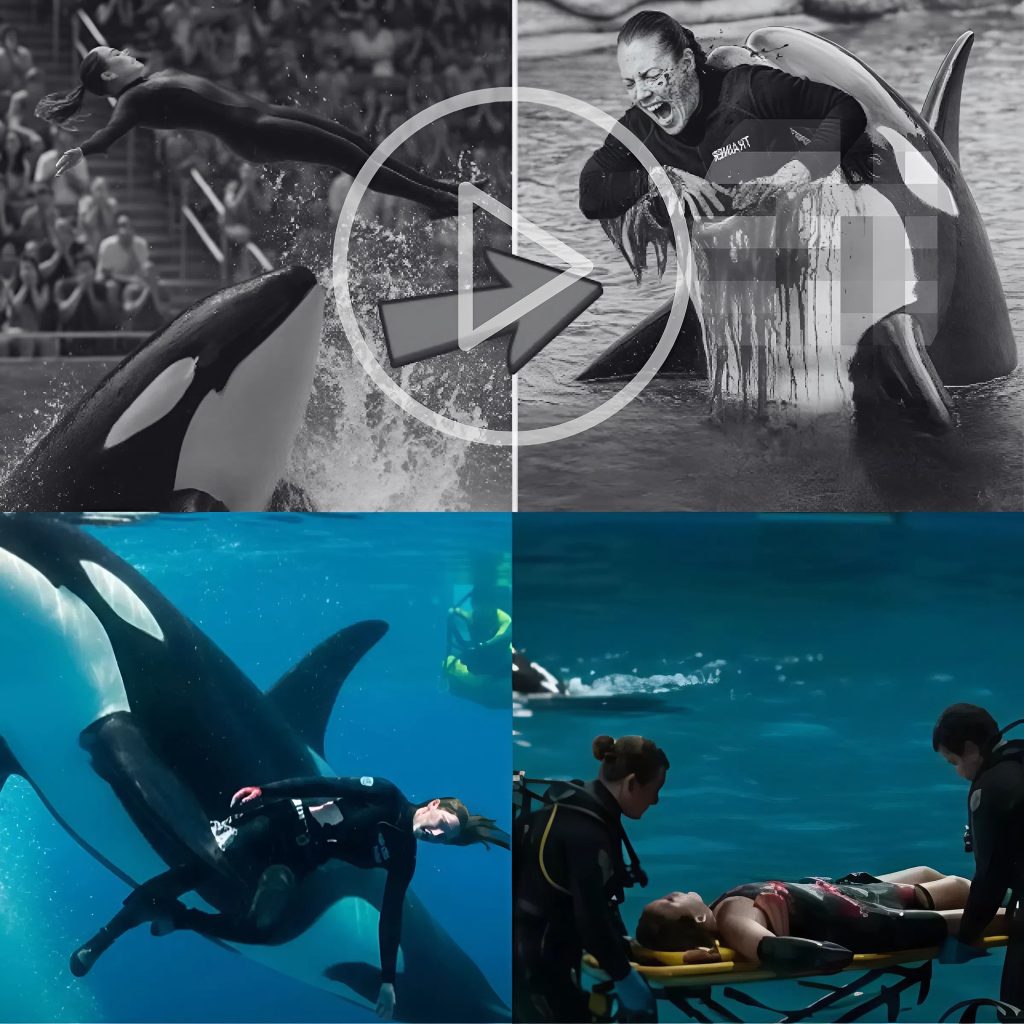
Jessica Radcliffe’s final wave to the camera was once seen as a bittersweet farewell to a thrilling whale-watching excursion. But as viral footage of the shocking whale attack continues to circulate, investigators and internet sleuths alike are reanalyzing every frame. What if that final wave wasn’t a goodbye—but a silent cry for help? As chilling clues surface from hours earlier, many now question: was the tragedy preventable, or is something more sinister hiding beneath the waves?
The footage begins innocently enough. A group of excited tourists boards a sleek, mid-sized whale-watching boat off the coast of South Africa. Among them, Jessica Radcliffe, a 32-year-old marine biology enthusiast from Brighton, England, beams as she shares snippets of her experience in a series of social media stories. Smiling, laughing, and narrating the adventure, Jessica seems like any other traveler chasing awe-inspiring moments with nature. But when viewed with new context, her videos hint at something deeper.

Hours before the whale attack that capsized the vessel and claimed her life, Jessica recorded a now-haunting clip. She’s seated alone at the stern, her voice calm but slightly shaky. “Something feels off today,” she says, glancing at the water behind her. “Not the sea, exactly. Just… something I can’t put my finger on.” The clip cuts off quickly, but it has since been reposted thousands of times with speculation growing around what she might have sensed.
What followed remains a puzzle. According to eyewitness accounts, the group had encountered a pod of humpback whales earlier that afternoon, exhibiting what was initially described as “unusually aggressive surface behavior.” Breaching close to the boat, tail-slapping repeatedly, and vocalizing at a higher pitch than usual, the whales appeared agitated. Still, the tour guide assured everyone it was a “once-in-a-lifetime encounter.” He urged them to keep cameras rolling.
At approximately 3:46 PM, one of the whales breached directly beneath the boat, flipping it violently. The vessel capsized within seconds. Of the twelve people onboard, ten were rescued. Jessica and one other passenger did not survive. While her body was recovered several hours later, investigators were left with more questions than answers.
Experts reviewing the footage frame by frame have pointed out unusual marine behaviors. Marine biologist Dr. Evan Myles noted that humpback whales rarely breach near boats unless provoked or disoriented. He also highlighted Jessica’s earlier remark about feeling uneasy, suggesting that trained eyes—or even intuitive observers—might pick up on subtle cues animals give before reacting defensively. He added, “This wasn’t just an accident. There were warning signs. The problem is, we often overlook them in our rush to experience nature up close.”

But the tragedy may run deeper than a misread animal behavior. Allegations are now surfacing that the tour company operating the vessel ignored maritime advisories about heightened whale aggression in the area due to recent naval activity. Sonar testing by military vessels just days before had been linked to disrupted marine migratory patterns. Several marine conservation groups had issued warnings, advising commercial boats to avoid close encounters until the waters settled.
If true, this raises the unsettling possibility that the whale attack wasn’t merely tragic—it was predictable. Legal experts are already discussing negligence, and the families of the deceased are calling for a full investigation. In an official statement, the tour company denied any wrongdoing, stating the captain followed “all standard safety protocols” and described the incident as a “freak natural occurrence.” Yet, the growing mountain of circumstantial evidence suggests more than just misfortune.

Jessica Radcliffe’s friends have also stepped forward with new details. In private messages sent the night before the trip, she expressed anxiety about the excursion, writing, “I’ve done dozens of these, but I’m not sure why this one feels… off.” Some believe her words hint at a deeper intuition or fear she couldn’t quite articulate. Her final recorded wave, slow and deliberate, has since been reinterpreted by many viewers not as joyful, but as solemn. “She looked scared,” one commenter wrote. “We just didn’t see it the first time.”
As theories swirl—from ignored safety warnings to psychological cues, and even speculation about sonar-induced distress in marine life—the core question persists: could Jessica’s death have been prevented? More broadly, should thrill-seeking tourism ever come at the cost of human or animal life?
For now, the case remains under joint investigation by maritime safety boards and marine biology experts. The viral footage, now viewed over 30 million times, serves not only as a memorial to Jessica’s final hours but also as a grim reminder of what can happen when warning signs go unheeded. Whether her wave was a silent cry for help or just a tragic misread of circumstance, its impact has resonated far beyond that fateful afternoon.
In the end, the sea keeps many secrets—but perhaps, in this case, the clues were always in plain sight. All it took was a second look to realize that what seemed like nature’s wrath might have had human fingerprints all along.